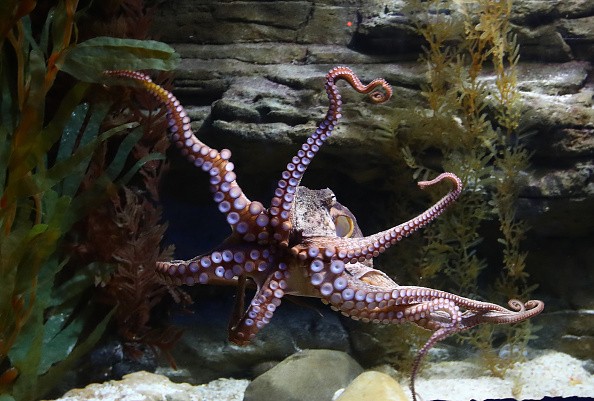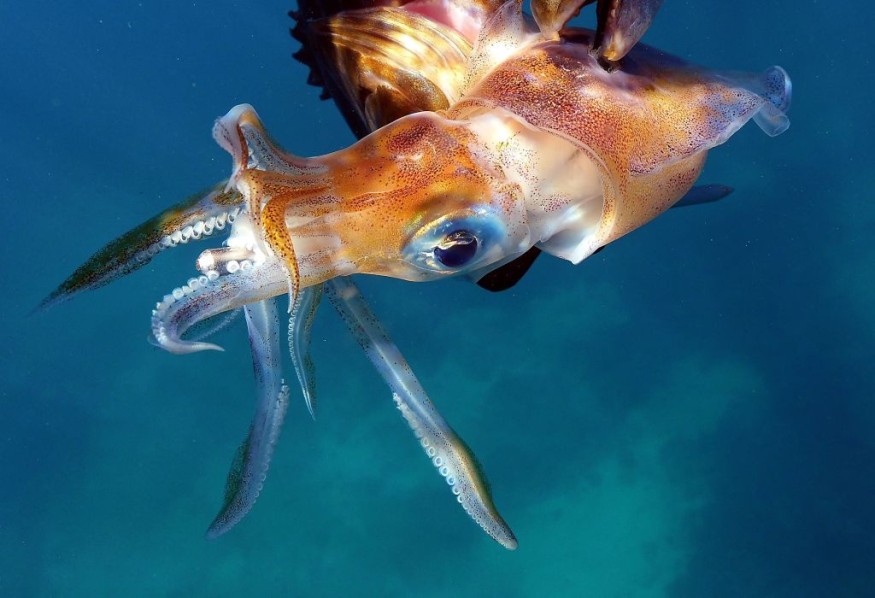Cephalopods, which include octopus, squid, and their cousins, the cuttlefish, exhibit some very endearing habits. They may swiftly analyze information to change their shape, color, and texture to fit in with their environment.
They may also utilize tools to solve issues, communicate, and exhibit indications of spatial learning. They're so intelligent that they may experience boredom. However, how did squid and octopus acquire such large brains?

Smart Creatures
It's no knowledge that cephalopods have the most complicated brains of any invertebrate on the planet. The method of development, however, is still a mystery. Researchers have long pondered how cephalopods acquire their large brains. Two-thirds of these soft-bodied organisms' central processing tissue is devoted to studying their visual systems, and researchers in a Harvard lab think they've figured it out. They claim that the procedure seems very familiar.
Researchers from the FAS Center for Systems Biology describe how they employed a novel live-imaging technology to virtually observe neurons developing in the embryo in a paper published in Current Biology. They were then able to follow those cells as the retina's nervous system evolved. They were shocked by what they witnessed.
Observing the Anatomy

They observed that the neural stem cells behaved uncannily like the vertebrate neural stem cells when developing their nervous systems. It implies that despite their 500 million year separation, cephalopods and vertebrates are not only using similar mechanisms to create their large brains but also that this process and the way the cells act, divide, and are shaped may be the blueprint for the development of this type of nervous system.
"Our results were unexpected," said Kristen Koenig, a John Harvard Distinguished Fellow and the study's main author. "Much of what we know about the evolution of the nervous system in vertebrates has long been assumed to be exclusive to that lineage."
According to the study's authors, these two independently formed extremely large nervous systems employing the same methods to generate them. These mechanisms-those tools-the animal's use throughout development may be critical for creating massive nervous systems.
The Koenig Lab researchers concentrated on the retina of a long-finned squid called Doryteuthis pealeii. The northwest Atlantic Ocean is home to a large population of squid, which may grow around a foot long. They have gorgeous huge heads and eyes when they're embryos.
The scientists employed previously used approaches to investigate model species like fruit flies and zebrafish. To observe the behavior of individual cells, they developed specialized instruments and advanced microscopes that could capture high quality photos every 10 minutes for hours on end. To map and monitor the cells, the researchers marked them using fluorescent dyes.
What Comes Next
The team was able to see how stem cells, known as brain progenitor cells, are arranged thanks to this live-imaging approach. A pseudostratified epithelium is a unique sort of structure made up of cells. The cells are elongated, so they may be packed tightly, which is its fundamental characteristic. The researchers also saw the nucleus of these formations migrate up and down both before and after splitting. They claimed this mobility is crucial for maintaining tissue organization and supporting the ongoing development.
The researchers will then investigate how various cell types develop in cephalopod brains. Koenig wants to know if they express at various times, how they choose which sort of neuron to become and whether this process is the same in different animals.
Koenig is enthusiastic about the next discoveries that may be made.
For more news from the animal kingdom, don't forget to follow Nature World News!
© 2025 NatureWorldNews.com All rights reserved. Do not reproduce without permission.





